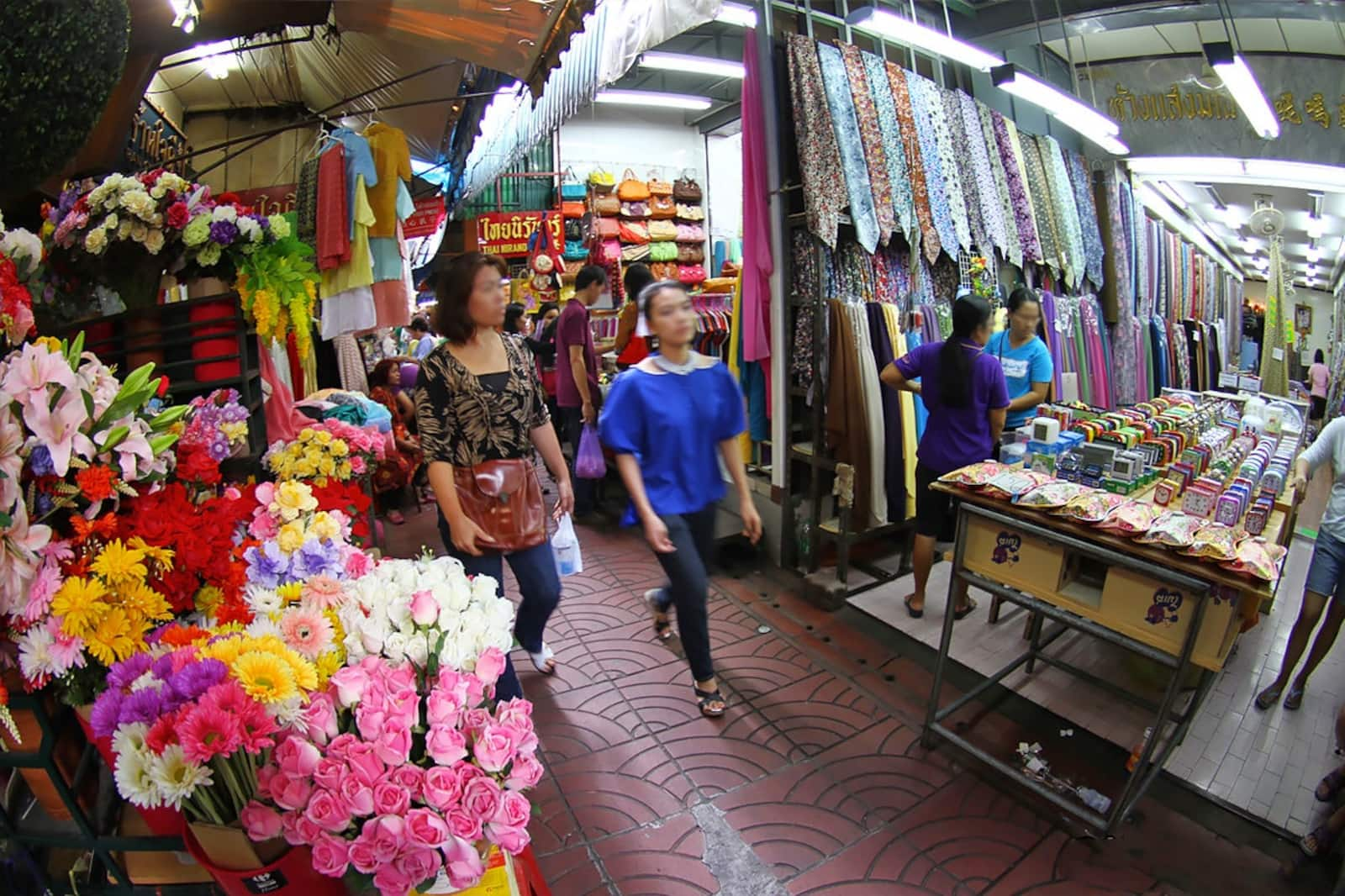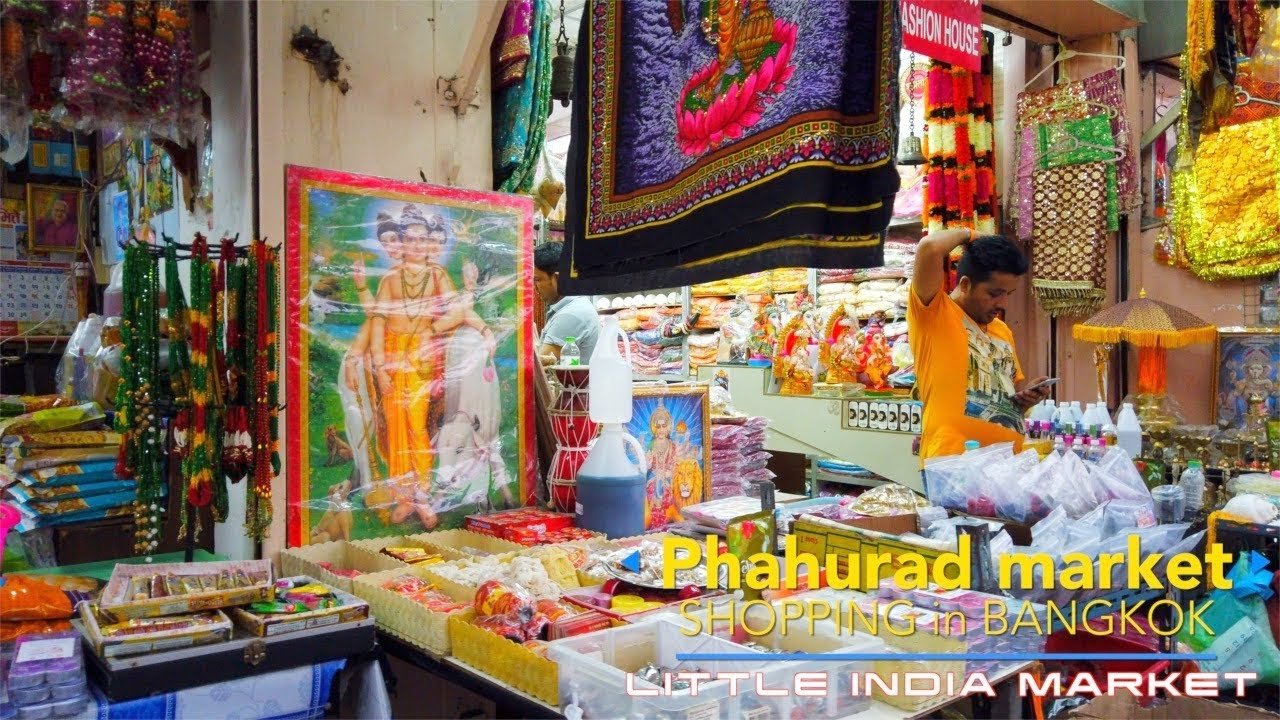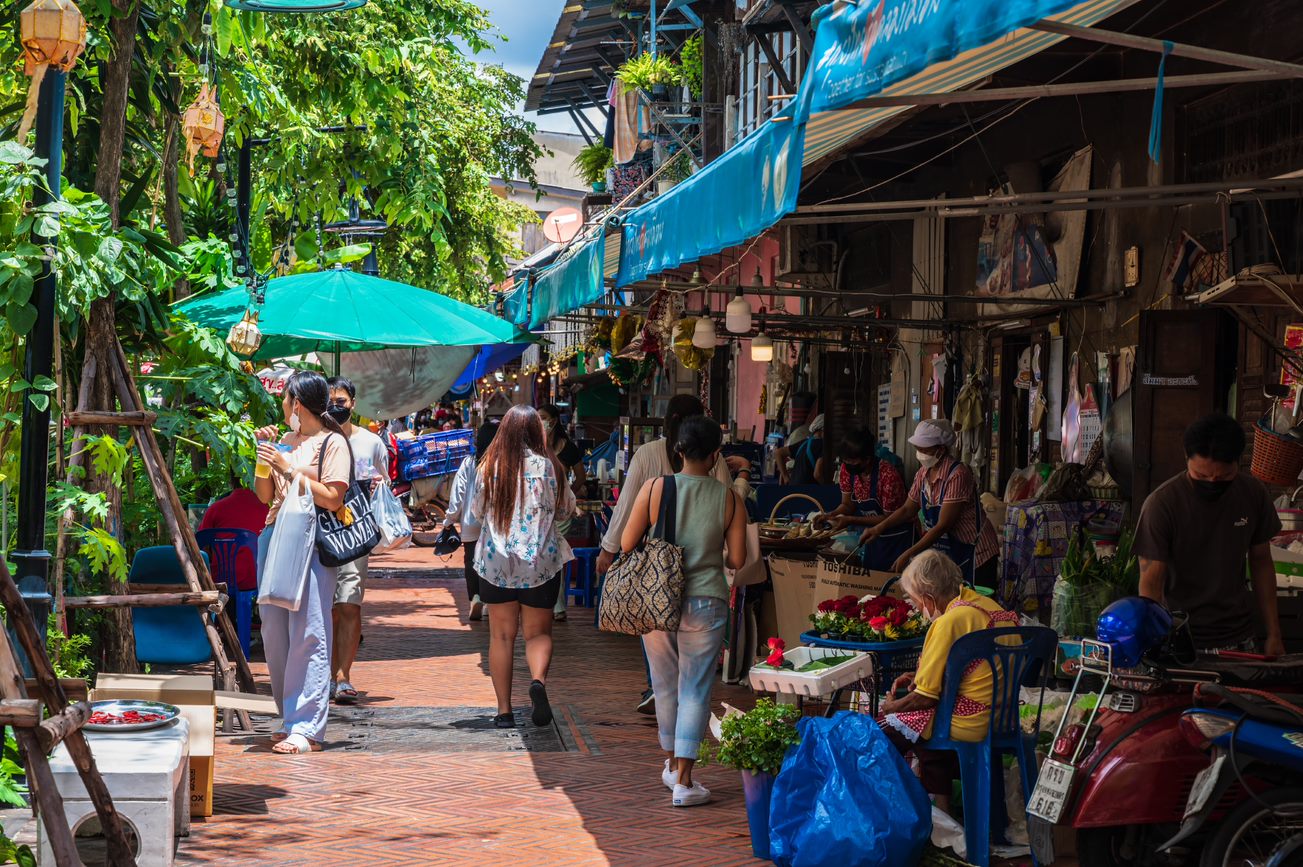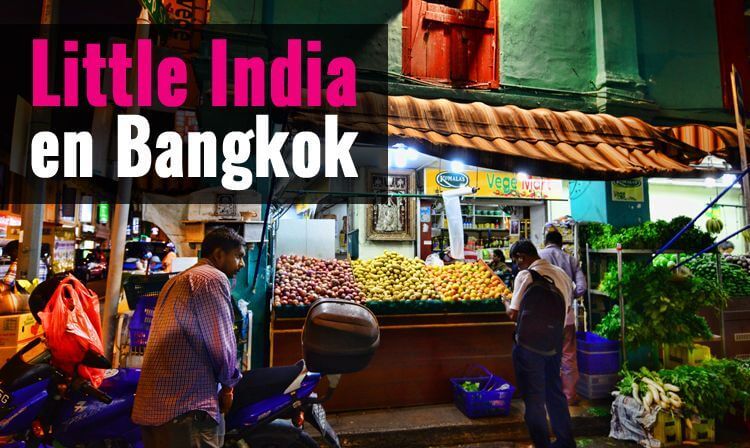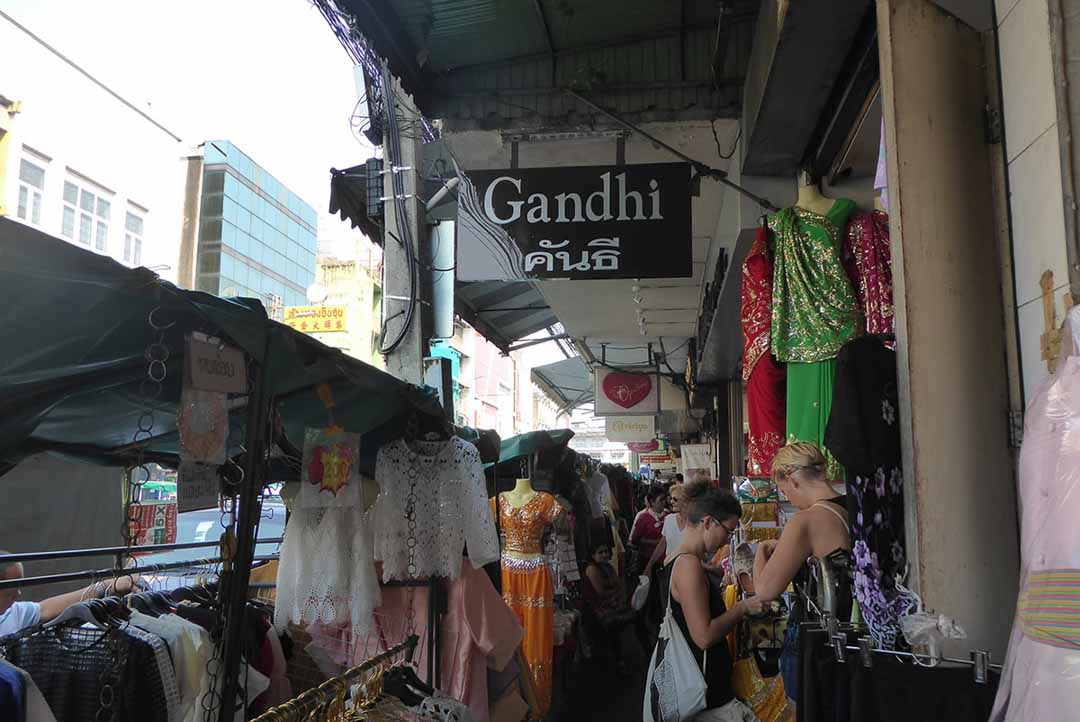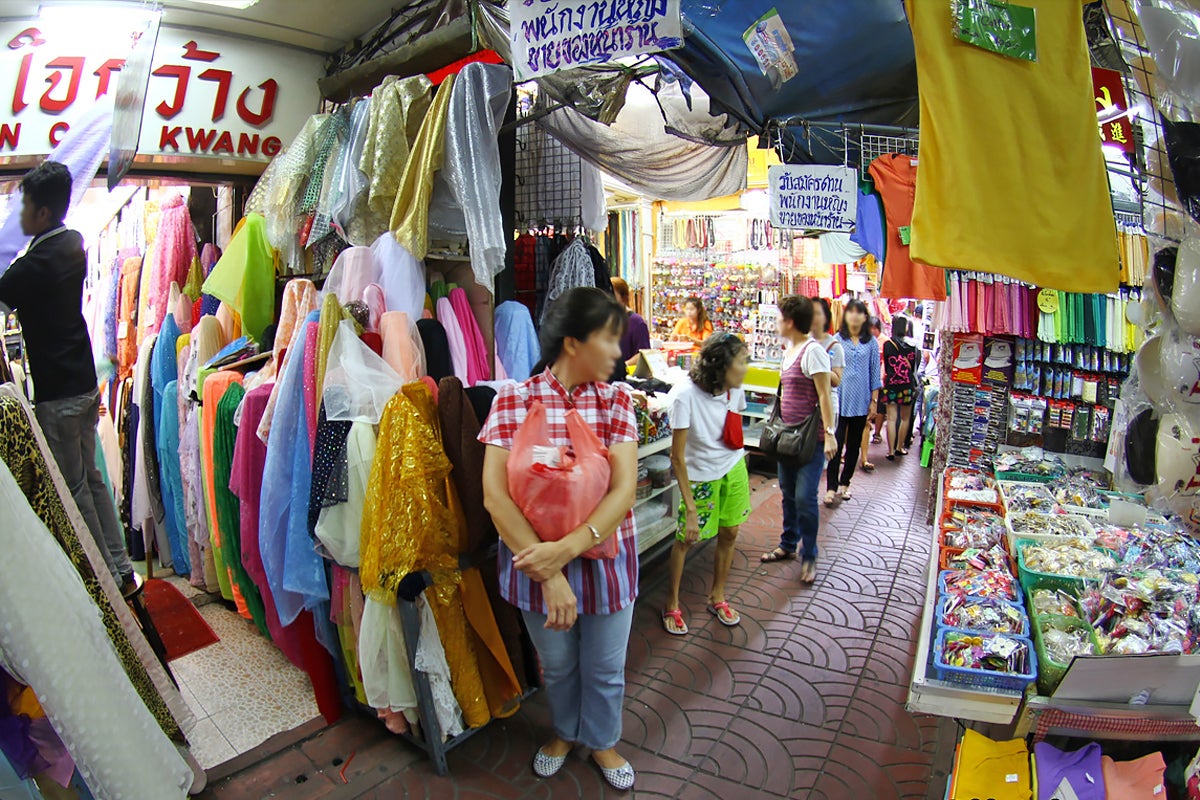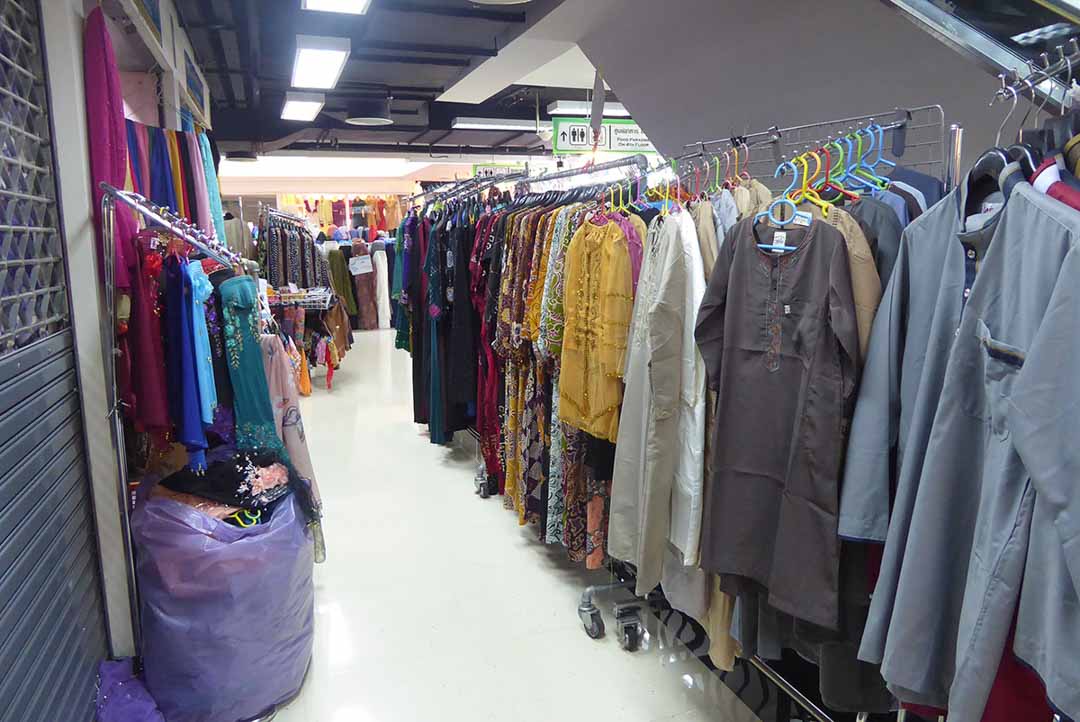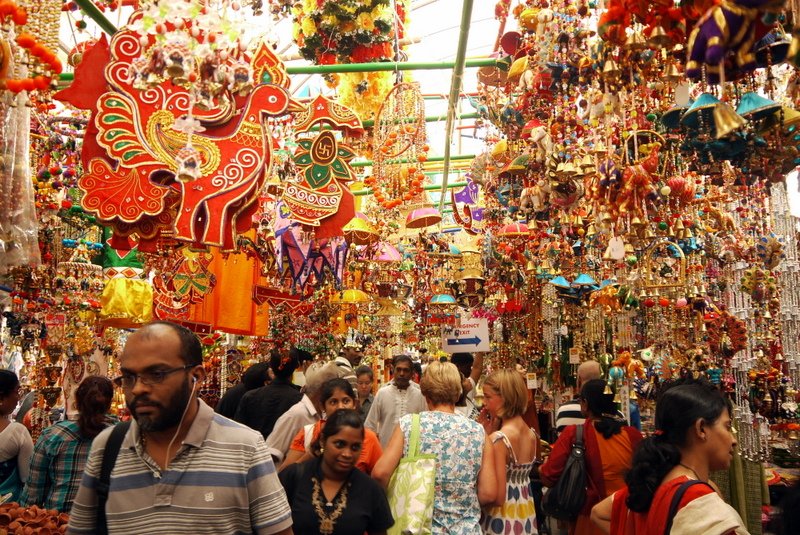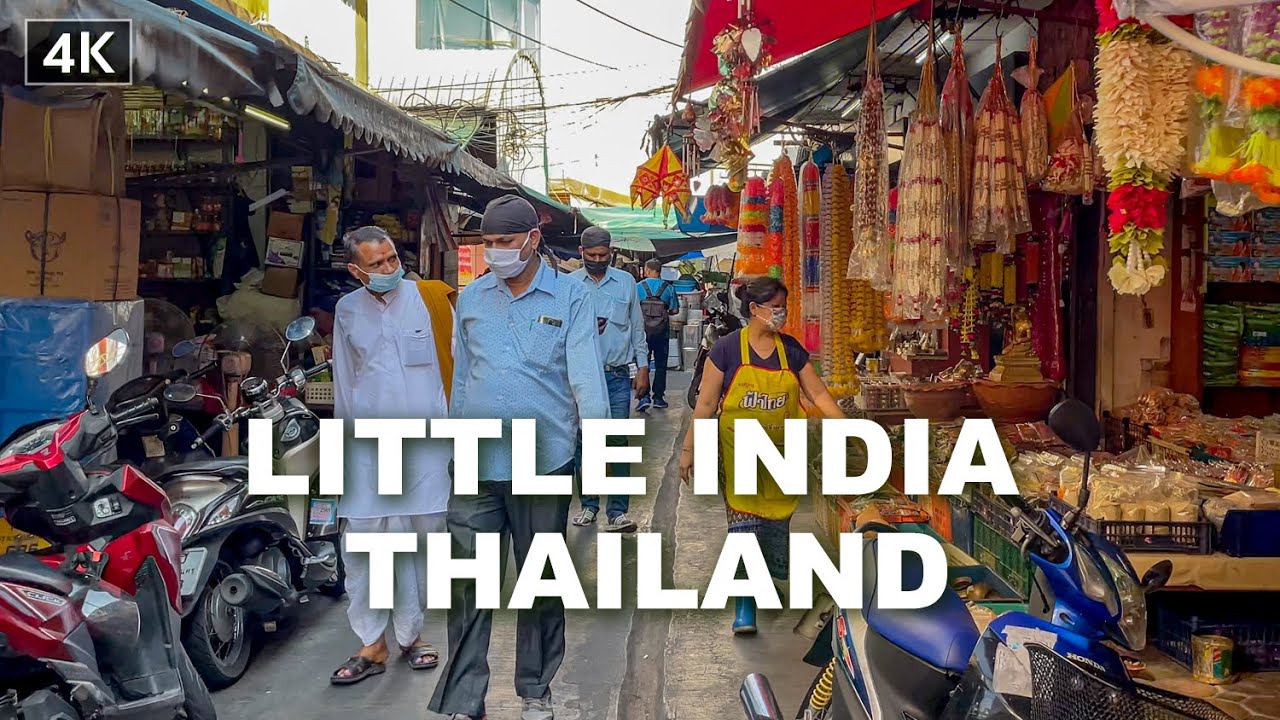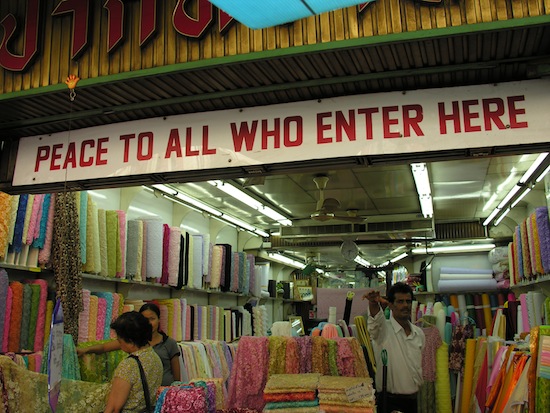Little Indian Fabric Market Bangkok

A sensory explosion of vibrant colors, intricate patterns, and the constant hum of commerce: Bangkok's Little India fabric market, a vital artery of the city's textile trade, faces an uncertain future. Rising rents, evolving consumer preferences, and the encroachment of modern retail spaces are putting unprecedented pressure on this historic enclave, threatening the livelihoods of generations of family-run businesses.
This article delves into the multifaceted challenges confronting the Little India fabric market. It will explore the economic pressures, the changing landscape of Bangkok's retail sector, and the efforts being made by vendors to preserve their heritage and adapt to a rapidly transforming market.
A Tapestry Woven with Tradition
Nestled in the heart of Bangkok, the Little India fabric market, primarily concentrated around Phahurat Road, has been a cornerstone of the city's textile industry for decades. Established by Indian immigrants, the market initially catered to the needs of the local Indian community, offering a range of textiles and garments specific to their cultural traditions.
Over time, the market's appeal broadened, attracting both local and international customers seeking unique and affordable fabrics. Silks, cottons, linens, and a dazzling array of embellishments can be found within the maze-like alleys.
Family businesses, often passed down through generations, are the backbone of the market, bringing with them a wealth of knowledge and craftsmanship.
The Loom of Economic Pressure
The rising cost of living in Bangkok, particularly the soaring rents in prime commercial areas, poses a significant threat to the market's survival. Many vendors struggle to maintain their businesses, squeezed between increasing expenses and the need to remain competitive in a price-sensitive market.
According to a recent report by the Bangkok Metropolitan Administration (BMA), commercial rental rates in the city center have increased by an average of 15% in the last five years. This has forced some vendors to downsize their operations or relocate to less desirable locations, impacting their visibility and customer base.
The influx of mass-produced, cheaper textiles from overseas, particularly from China, also presents a challenge. Vendors in Little India find it difficult to compete with the lower prices offered by these large-scale manufacturers, forcing them to differentiate themselves through quality, unique designs, and personalized service.
Threads of Change: Adapting to a Modern Market
Despite the challenges, vendors in Little India are not passive victims of change. Many are actively seeking ways to adapt and modernize their businesses to appeal to a wider customer base.
Embracing online platforms and social media is one strategy being adopted by a growing number of vendors. By establishing an online presence, they can reach customers beyond the physical boundaries of the market and showcase their products to a global audience.
Some vendors are also focusing on niche markets, specializing in specific types of fabrics or catering to the needs of designers and fashion students. Others offer tailoring and design services, providing customers with a more personalized and integrated experience.
Preserving Heritage: A Stitch in Time
Beyond economic considerations, the preservation of the Little India fabric market is also a matter of cultural heritage. The market represents a tangible link to the city's past and the contributions of the Indian community to Bangkok's cultural mosaic.
Organizations like the Thai-Indian Business Association are working to promote the market and its unique cultural identity. They advocate for policies that support small businesses and preserve the traditional character of the area.
Educational programs and workshops are also being organized to pass on traditional textile skills to younger generations, ensuring that the knowledge and craftsmanship of the market are not lost.
The Future Woven Together
The future of Bangkok's Little India fabric market hinges on a delicate balance between preserving its cultural heritage and adapting to the demands of a modern market. Government support, innovative business strategies, and a renewed appreciation for traditional craftsmanship are all essential ingredients for its survival.
If stakeholders can work together to address the challenges and capitalize on the opportunities, the Little India fabric market can continue to thrive as a vibrant and vital part of Bangkok's cultural and economic landscape. It can remain a testament to the enduring spirit of entrepreneurship and the power of cultural exchange.
However, without concerted efforts, this colorful tapestry of tradition and commerce risks unraveling, leaving behind a void in the heart of Bangkok.
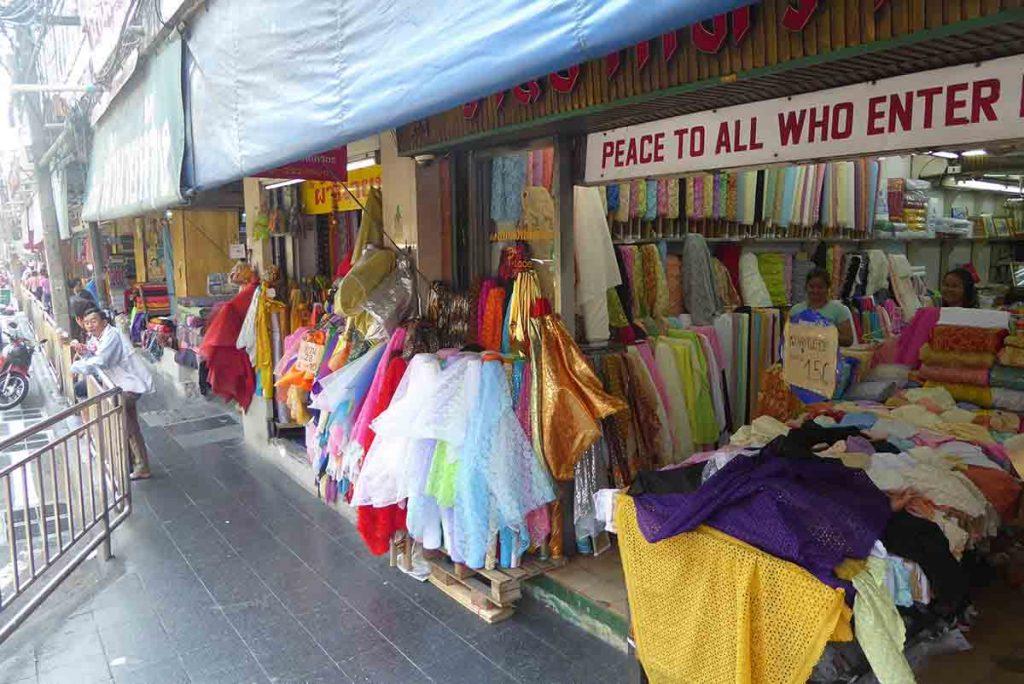
![Little Indian Fabric Market Bangkok [BANGKOK] Little India "Phahurat Market Fabric, Textile ,Clothes Market](https://i.ytimg.com/vi/vbPHuuFYPMk/maxresdefault.jpg)
![Little Indian Fabric Market Bangkok [BANGKOK] Phahurat Market "Exploring Little India: Fabric ,Clothes](https://i.ytimg.com/vi/4RYoZGEWNHQ/maxresdefault.jpg)
